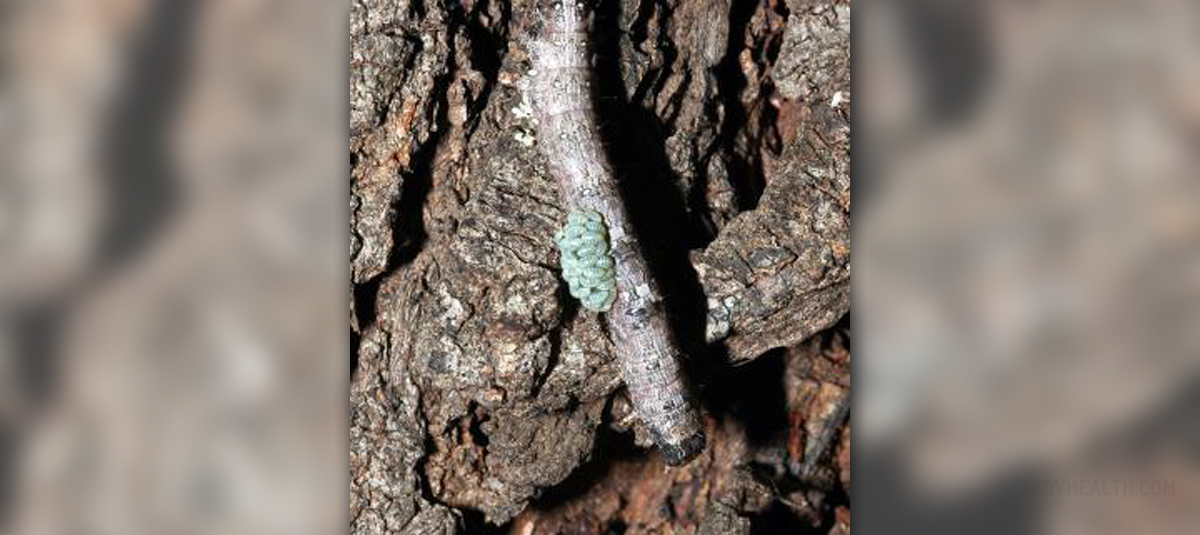
Taking a closer look to parasites
Parasites are organisms that live in or on another organism because they are not able to feed on their own. So, the host serves them as the source of the vital nutrients and that is why they are very harmful for the health of their host. That is why when a person suffers from the settlement of some parasite, he or she usually experiences the changes over the skin, usually manifested as the small red and itchy bumps, the problems with digestion, usually characterized by the excessively bland stool and the more frequent urge for defecation, the urge for throwing up, the lack of hemoglobin in the blood, overall exhaustion and asthma.
Most commonly, they affect the animal and human organisms and there are a lot of the different kinds of them and they are arranged in the groups depending on their changes in the life and the relation between them and the host. For instance, the most common are the flea, flukes and tapeworms.
The most common types
When it comes to the parasites that tend to settle and feed on the human organisms, they additionally provoke some infection. So, after they reach out the body via some eaten foods or water, with the inhaled air, or come along with the bite of some insects (e.g. mosquitoes), they grow in number and thus the problem begins. However, one the most likely to attack humans is the parasite called Protozoa and it usually affects the nerves, the system of the digestion and the blood stream, and, additionally, it is easily movable. Nevertheless, the troubles that accompany this case scenario are the problems associated with the digestion process.
Another type of the equally frequent parasites are the worm-like organisms, such as flukes, roundworms, tapeworms and similar, which live inside the organism, and the leeches, which live o the surface of the skin of the host. As already well known, the last mentioned are fed from the host’s blood, while, for example, the most common kind of the roundworm, scientifically called Trichinella spiralis, which feeds on the muscular tissue of the domestic animals, and thus, by the human eating that animal, enters the digestive tract.
Also very common is the group of the parasites as insects, crustaceans, arachnids and arthropods, which are usually, as well, the transmitters of some virus or bacteria, such is the case of the mosquito as a malaria carrier, for instance.
And finally, when it comes to the dogs and cats, they are mostly and more frequently affected by the parasitic organisms in the forms of the insects (e.g. the most common are the ticks), but they may be as well infected by the other mentioned types of the parasites. In these cases, the prevention is the most recommendable option and the following troubles are also related to the digestion.
- www.cdc.gov/parasites/about.html
- www.cdc.gov/malaria/about/biology/parasites.html
- Photo courtesy of Clinton & Charles Robertson by Flickr: www.flickr.com/photos/20087733@N00/251116321






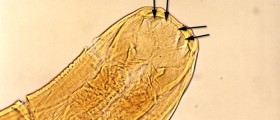

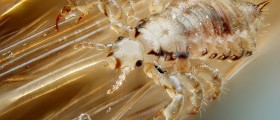


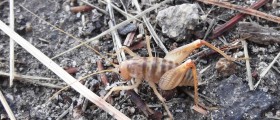
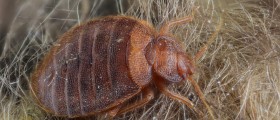


_f_280x120.jpg)

Your thoughts on this
Loading...